This post may contain affiliate links. Read our disclosure policy.
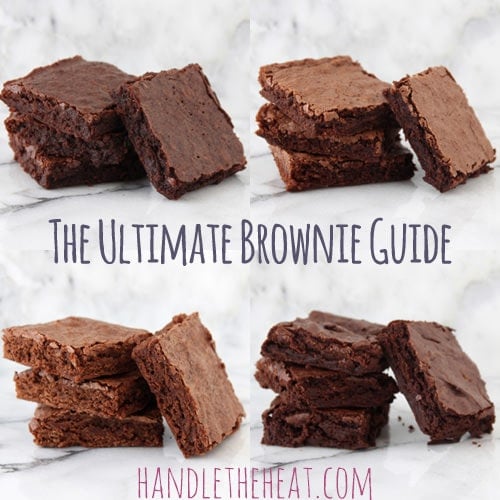
If you’re a frequent Handle the Heat reader you probably remember my Ultimate Guide to Chocolate Chip Cookie post, and part 2, and part 3. Those posts were so fun and popular that I’ve created even more Ultimate Guide posts that deconstruct the ingredients and techniques from your favorite recipes and foods so we can all learn why and how things happen in the kitchen.
Brownies come in many forms but they deservedly require their own category in the world of desserts because they aren’t quite cakes, cookies, or fudge. Yet, brownies are often described as being cakey, chewy, or fudgy. What makes for the perfect brownie is a matter of personal preference and with the thousands of brownie recipes that exist, it can be hard to find your version of the perfect brownie.
With the earliest published brownie recipes spanning back to the early 1900s, it’s no surprise that there are countless variations to this delightful treat. Whether they are made from a box or from scratch, whether they have nuts, chocolate chips, or frosting, or whether they are cakey, chewy, or fudgy, the recipe options are endless.
That is why I went on a quest to discover which brownie ingredients and techniques produce which results. In a crazy whirlwind of brownie baking, I made seven batches of brownies in a scientifically-inspired kitchen experiment. I used an adapted version of the well-known Baker’s One Bowl Brownie recipe as my control and tested the effects of cake flour, cocoa powder, brown sugar, oil and cocoa powder, an extra egg yolk, and whipped eggs and sugar. I used the same ingredients, utensils, and bakeware, when applicable, and maintained a 350°F oven and a 20 minute baking time for each batch to ensure accurate testing. Take a look at the results, I hope they help you discover the tricks to making your version of the perfect brownie!
Control Recipe
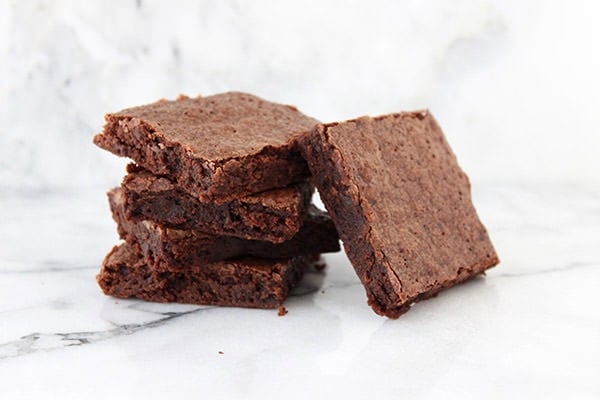
Ingredients:
2 ounces unsweetened chocolate
6 tablespoons (3 ounces) unsalted butter
1 cup granulated sugar
2 large eggs
1/2 teaspoon vanilla
1/2 teaspoon fine sea salt
1/2 cup all-purpose flour (2.25 ounces or 63 grams)
Directions:
Preheat the oven to 350°F. Line an 8×8-inch pan with foil, leaving an overhang on all 4 sides. Spray with nonstick cooking spray.
In a large microwave-safe bowl, microwave the chocolate and butter on high in 30 second bursts, stirring between each burst, until the mixture is melted. Let cool slightly. Stir in the sugar. Mix in the eggs and vanilla. Stir in the salt and flour until combined. Pour into the prepared pan.
Bake for 20 minutes, or until a toothpick inserted in the center comes out with moist crumbs attached. Cool completely before cutting into squares.
Cake Flour:
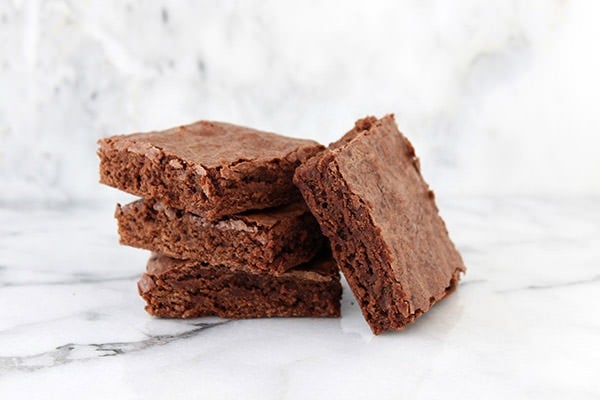
For this test I substituted the 1/2 cup (2.25 ounces) of all-purpose flour called for in the recipe with 1/2 cup of sifted Swans Down brand cake flour, which weighs 1.75 ounces after sifting. Everything else in the recipe was left as is. The brownies were lighter and softer, as you might expect. They were also less rich and dense.
If you’re wondering what cake flour is, it is a very fine-textured flour with a low protein content, usually about 8 percent. All-purpose flour has a protein content of around 10-12 percent, depending on the brand. The lower protein content in cake flour usually gives baked goods very tender and fine textured results, which is why it’s perfect in cake recipes. In brownies, however, I found that using cake flour produced results that were too soft and cake-y and not nearly rich or fudgy enough. If you prefer a more tender and cake-y brownie, using cake flour is definitely the way to go.
Cocoa powder:
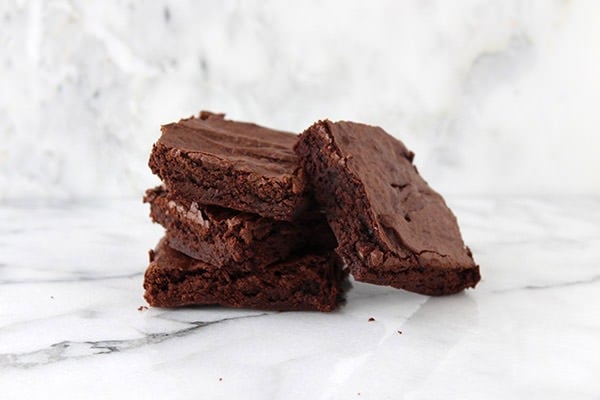
There are two main families of brownie recipes; those that call for melted chocolate and those that call for cocoa powder. Sometimes a recipe will call for both, but the Baker’s One Bowl Brownie recipe calls for melted chocolate. I wanted to see how using only cocoa powder would affect the brownies. I removed the melted chocolate in the recipe and replaced it with 3/4 cup of natural unsweetened cocoa powder, keeping everything else the same. The resulting brownies were nice and chewy with that distinct cocoa flavor, but they were also much more dry and crumbly. The melted chocolate certainly provides moisture and without it, the brownies were quenched. My go-to cocoa brownie recipe uses a whopping ten tablespoons of butter, as opposed to the control recipe’s six tablespoons. Cocoa brownies are quick, easy, and chewy, but they require more butter to maintain a moist, fudgy bite.
Brown Sugar:
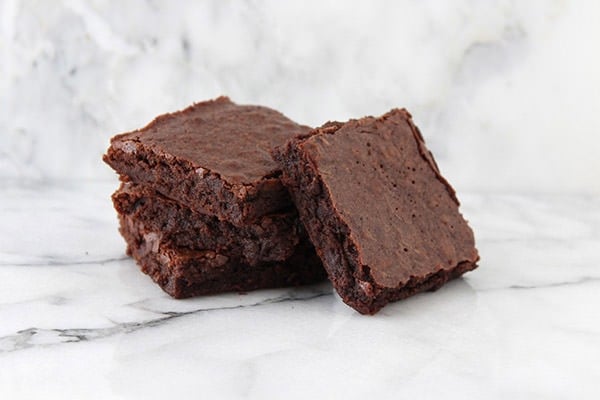
Most brownie recipes call for only granulated sugar, although some call for a ratio of both granulated and brown sugars. I love brown sugar and feel that it adds a depth of sweet flavor and moisture to baked goods so I thought it would be perfect to test how brown sugar affects brownies. I replaced the 1 cup of granulated sugar with 1 cup of packed light brown sugar and the resulting brownies were soft, rich, and ultra moist. They were also slightly thicker and darker in color than the control recipe. The one thing they were lacking as compared to the control brownies (and later the whipped egg and sugar brownies) was that crinkly, tissue-thin crust that is so characteristic of brownies. The brown sugar adds too much moisture to allow the tops the dry out enough to produce that crust.
Oil and Cocoa:
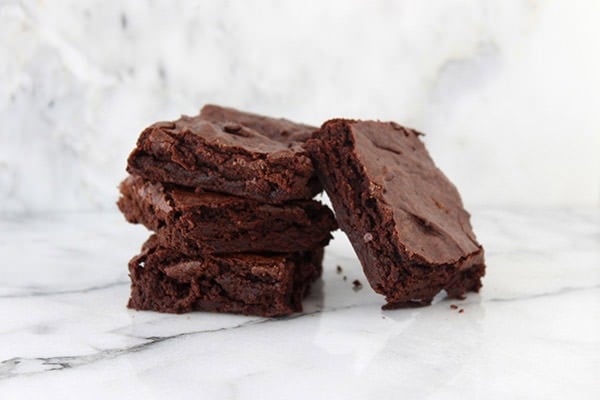
The idea behind this particular brownie test was to recreate the elements behind boxed mix brownies. Many of us grew up eating brownies made from a box and there’s definitely something appealing about their chewy texture and cocoa flavor. In an attempt to replicate those boxed brownie characteristics, I replaced the 6 tablespoons of butter with a 1/3 cup of vegetable oil and replaced the 2 ounces of unsweetened chocolate with 3/4 cup natural unsweetened cocoa powder. The results were very similar to box mix brownies in flavor, texture, and appearance. They were soft yet chewy with a light cocoa flavor that lacked the chocolate intensity of a more rich or fudgy brownie. They were also lacking moisture and were almost crumbly. My assessment of making brownies using both cocoa and oil is that they definitely require more moisture either in the form of fat, such as adding a touch more oil or an extra egg yolk, or in the form of water.
Egg Yolk:
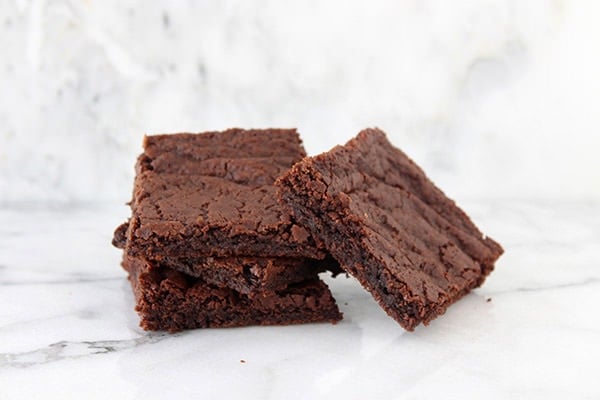
In the notes for the Baker’s One Bowl Brownie recipe it directs bakers to use an additional egg to make for more fudgy brownies. Knowing that fatty egg yolks add richness while the lean egg whites tend to produce a more cake-like texture in baking, I wanted to see just how fudgy an extra egg yolk would make these brownies. In addition to the two large eggs called for in the recipe, I added an additional egg yolk, keeping everything else the same. The egg yolk brownies were supremely dense, moist, dark, and ultra chewy. Like the brown sugar brownies, these egg yolk brownies had way too much moisture to produce that crinkly, tissue-thin crust. They were also on the thin side. If you want to add richness to your brownies and make them more fudgy and chewy, adding an extra egg yolk is definitely the way to go.
Whipped Eggs and Sugar:
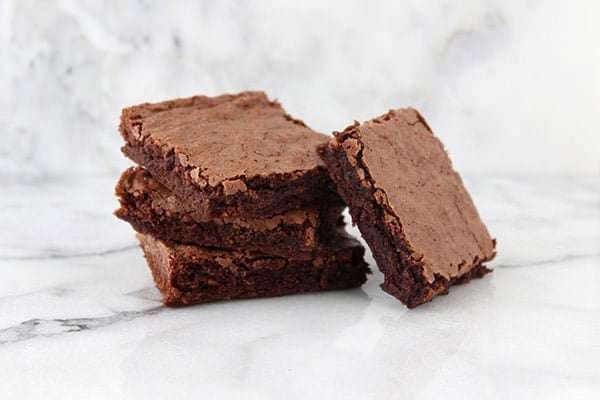
Finally, for my last round of brownie testing, I decided to experiment with the more unique technique of beating the eggs and sugar for 3 to 5 minutes with an electric mixer until they were pale, thick, and fluffy. After insuring the sugar was well dissolved into the eggs, I added the cooled melted butter and chocolate mixture and vanilla then proceeded with folding in the salt and flour. The results were interesting. These brownies were rich, fudgy, and chewy, but had a lightness about them that none of the other brownies had. Plus they had a beautiful crinkly tissue-thin crust on the top that I loved. I must admit that while I enjoyed certain characteristics of all the other brownies in this kitchen experiment, these whipped egg and sugar brownies were my favorite.
Final Comparison:
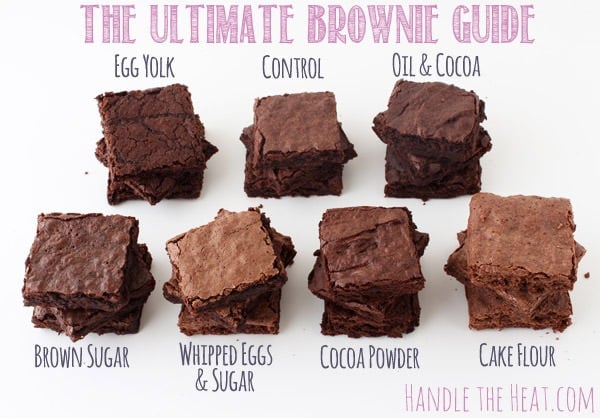
The article The Ultimate Brownie Guide was originally posted at Relish.com
Since we’re on the subject of brownies I figured I’d whet your brownie appetite by rounding up some of my favorite brownie recipes that I’ve posted over the years. Which is your favorite?
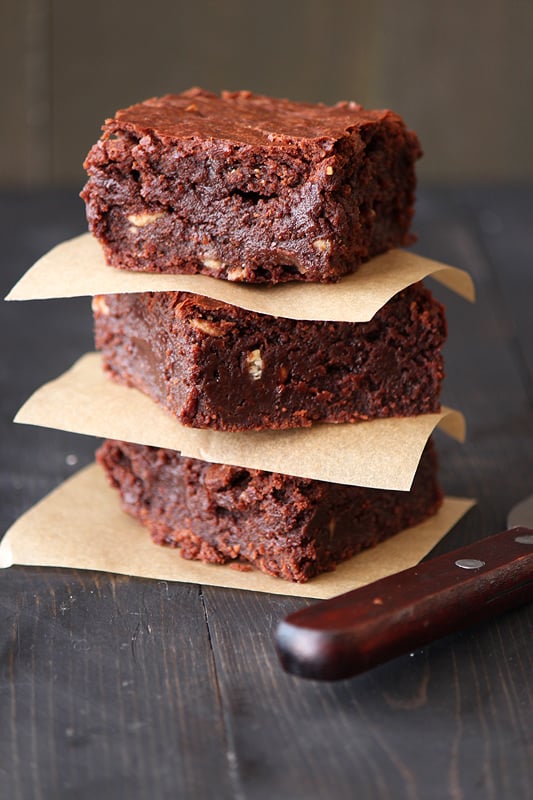
Thick and Fudgy Toffee Brownies
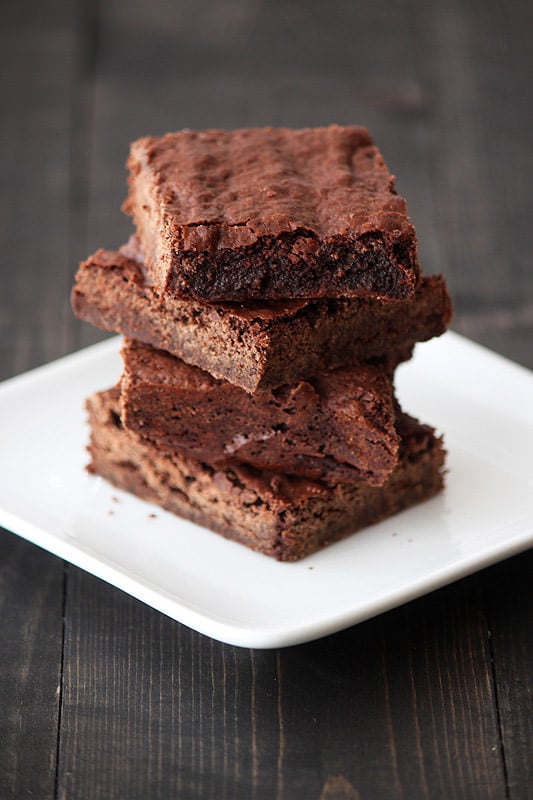
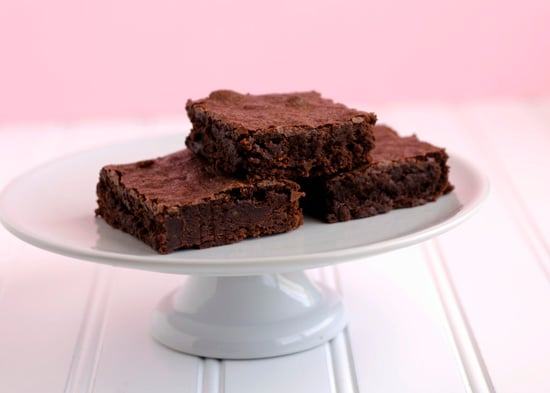
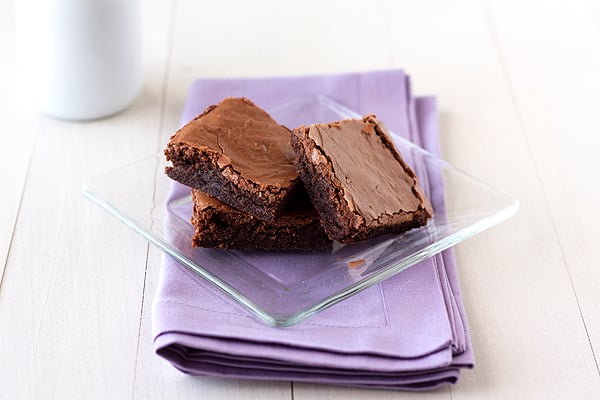
Crinkly Brownies
What’s your ultimate ideal brownie? Do you like them chewy, fudgy, cakey, or something else?
Share on Pinterest:


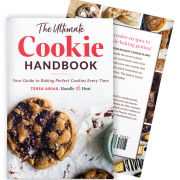

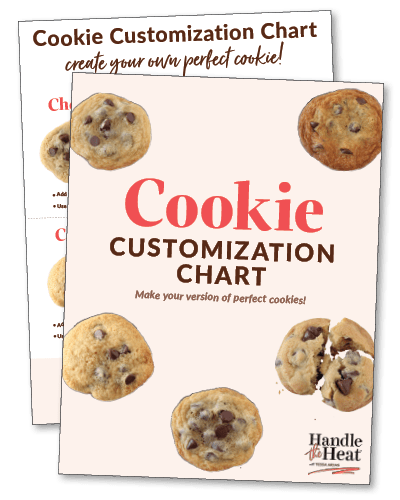
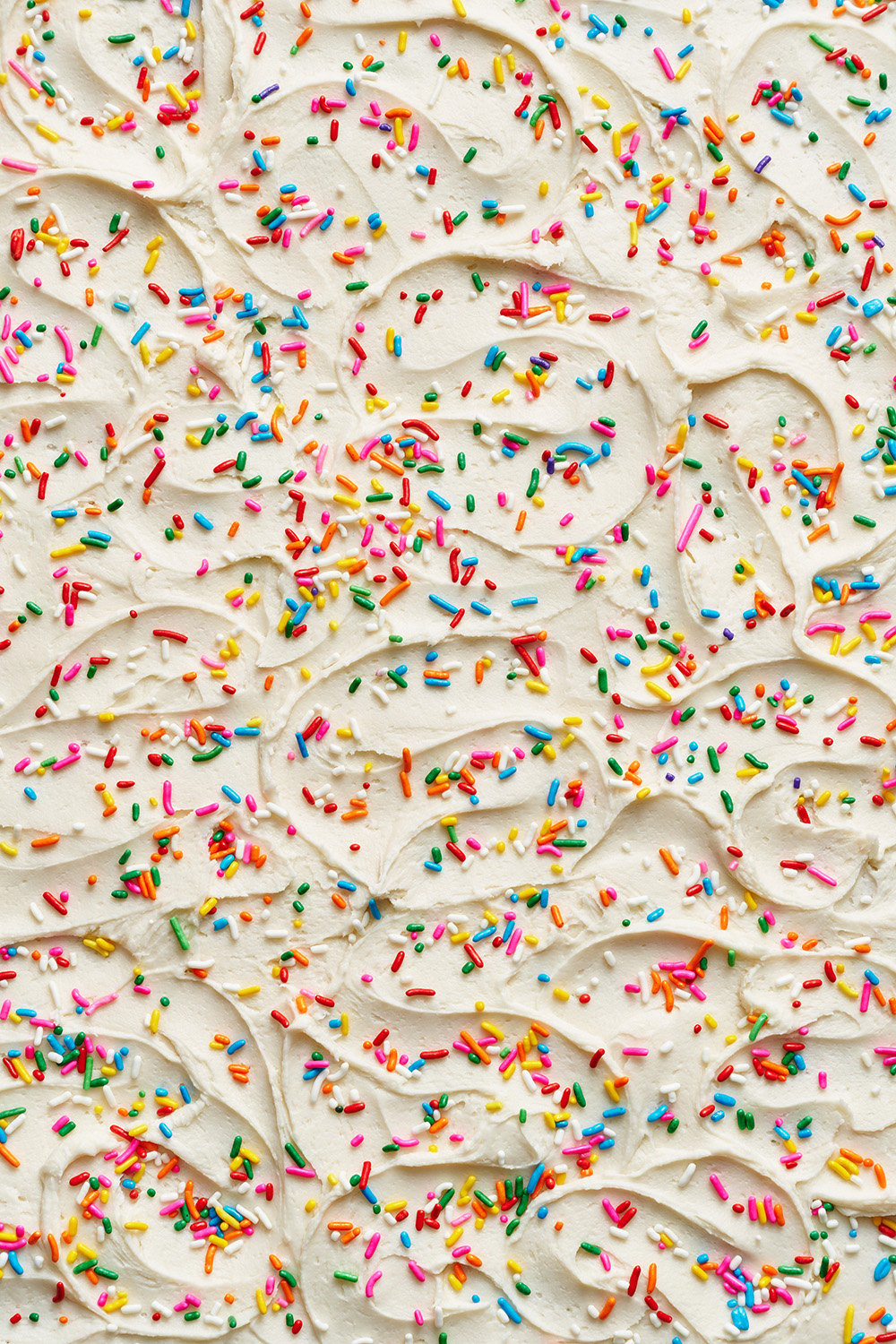


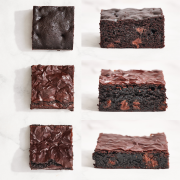
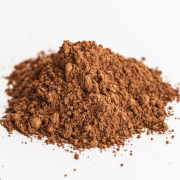
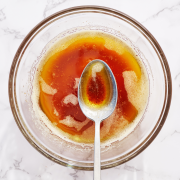
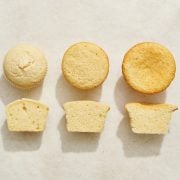
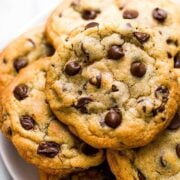
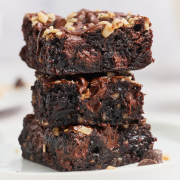
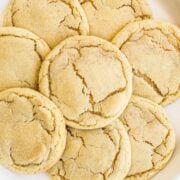
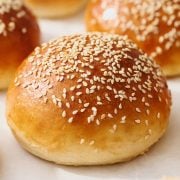








Gorgeous wanna try now
love the brownies and website
This is Pam again, BTW, I live at 6000 feet.
I love your site Tessa! Thank you for experimenting with different ingredients. I’ve learned a lot.
I am trying to find the less sweet brownie that I can find a recipe for. I’ve tried reducing sugar in traditional recipes but results vary and are unpleasant. I want a brownie that has the thickness, chewiness and just a nice chocolate flavor without the extreme sweetness. I’m sorry to offend sweet lovers. It’s like coffee, some people like sugar and some do not. To me the sugar changes the flavor of the cocoa. or coffee.
Can you help?
I about 8 experiments with my basic 8x8x2″ pan recipe (1/2 c butter; 1 c sugar; 2 large eggs; 1/2 c flour; 3oz chocolate; vanilla and salt). All my variations resulted in gooey fudgy centers and chewy edges.
The variables involve the chocolate, sugar and fat.
For extra chocolate flavor, I replaced 1oz chocolate with 3 Tbs cocoa + 1 Tbs butter (I had a mishap with one of the eggs when I tested leaving out the extra 1 Tbs butter. I think it will work without it but I’m not sure.) The cocoa worked best when added with the flour.
For the other 2 oz chocolate I used either unsweet or semi-sweet with variations in the sugar:
2 oz semi-sweet chocolate = crackly crust
2 oz unsweetened chocolate = no crackly crust
2 oz unsweetened chocolate + 2 Tbs extra sugar added with butter = crackly crust
the extra sugar didn’t work as well when added later with the rest of the sugar
1 Tbs more sugar (making 3 Tbs extra) to compensate for the lack of sugar in the cocoa seemed to add a bit more crunch
My technique: Melt chocolate, all butter and extra sugar. Let it cool some so it won’t cook the egg. I usually transferred it to the mixer bowl and whipped it with the whisk attachment to help it cool faster. When it was cool enough I added the sugar then the eggs one at a time and whipped about 10 minutes on high (one version got a meringue like texture very quickly so it wasn’t whipped as long). Then I added the vanilla and the flour mixture (flour, cocoa, salt), mixing only enough to incorporate it.
Note: I didn’t try the whipped sugar and eggs or whipping less than about 10 minutes except for the one time it became meringue-like. Also, I didn’t test the temperature of the chocolate/butter mix when the sugar was added so that was a variable that may or may not have affected results. I, also, didn’t try replacing some of the sugar with brown sugar (I might try up to 1/4th brown) or putting 2-3 Tbs of the 1 c sugar in with the butter instead of adding more sugar with the unsweet chocolate version.
Bottom Line for a crispy crust (for this recipe using equivalent of 3oz chocolate):
1 Tbs cocoa + 2 oz semi-sweet chocolate = 1 Tbs cocoa + 2 oz unsweet chocolate + 2-3 Tbs sugar as long as the sugar is melted with the chocolate.
Thank you so much for your thorough analysis. I am an avid baker and the first thing I learnt to bake were brownies from my grand mother.
So to this day, my favourite go to dessert is brownies. I too have tried umpteen recipes and often get confused as to which one is ideal.
Nevertheless, I’m still in search of the ultimate recipe. Do you feel that a mix of semi- sweet and dark chocolate makes a significant difference to the final taste?
I see recipes using sour cream or cream in their brownie recipes. What does that do the taste?
If your only option is bread flour, make sure just fold in at last and don’t overmix. I suppose using bread flour will result in a denser and chewier brownie. Add a tablespoon or two of oil because bread flour will absorb more moisture.
Hi, my brownies sides always come out cracked and not even although I use parchment paper and oil
Ha! I LOVE your cookie & brownie guides!
I’m new to AZ, & baking here is different, you need moisture in cakes & brownies, & can’t wait to make your “Ultimate Brownies” you’ve perfected! All the unsweetened cocoa brownie mixes just won’t do as you know they’re too dry!
Thank you! 🙂
…except that the appropriate replacement for 2 oz. unsweetened chocolate is 1/3 cup cocoa and 2 tbsp butter. Of course your brownie is dry if you more than doubled the ultra fiber-rich cocoa.
This is awesome! I am a kid using this for a science fair project and this is a fun splash of research!!!! Thank you very much, this is a great site!!